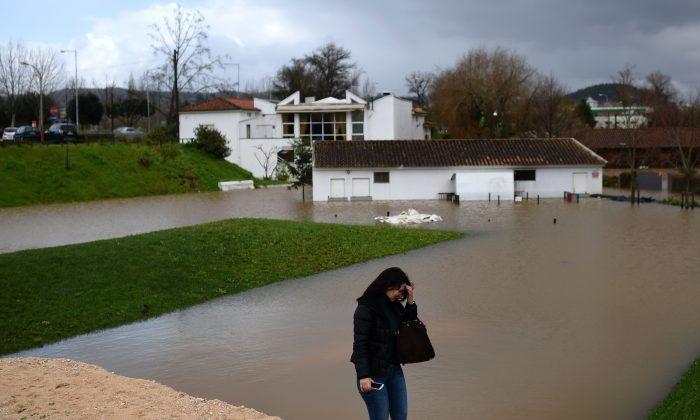Using a statistical reconstruction of the geological past, researchers say that sea levels have risen faster in the 20th century than anytime in the previous 2,700 years.
Between 1900 and 2000, the global sea level rose by 5.5 inches, according to Robert Kopp, a researcher at Rugter’s Department of Earth and Planetary Sciences.
The new statistical method took more than two years for Kopp and his team to construct.
“The 20th-century rise was extraordinary in the context of the last three millennia—and the rise over the last two decades has been even faster,” Kopp said in a statement.
Their model was built from a database of sea-level indicators that included marshes, coral atolls and archaeological sites, as well as tide-gauge measures, from 24 locations across the world.
“Scenarios of future rise depend upon our understanding of the response of sea level to climate changes. Accurate estimates of sea-level variability during the past 3,000 years provide a context for such projections,” Ben Horton, a Rutgers professional who helped compiled the data, said in a statement.
A robust relationship was found between sea-levels and global temperature. The global sea level declined by 3 inches between the years 1000 and 1400, when the earth cooled by .4 degrees Fahrenheit.
The authors of the study tilted at global warming, attributing much of the rise to man-made causes, and predicted that global sea levels could rise between 1.7 and 4.3 feet through the rest of the 21st century, a range that could be cut down to 0.8 to 2.0 feet if fossil fuel use were eliminated.





